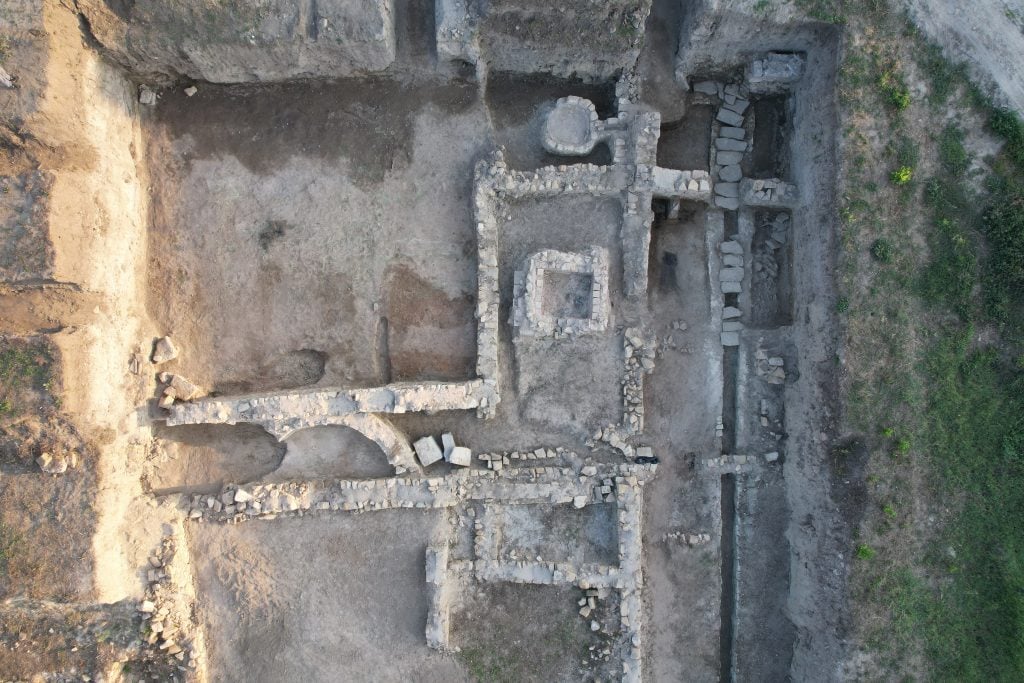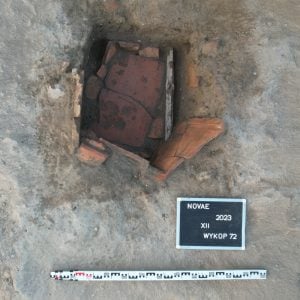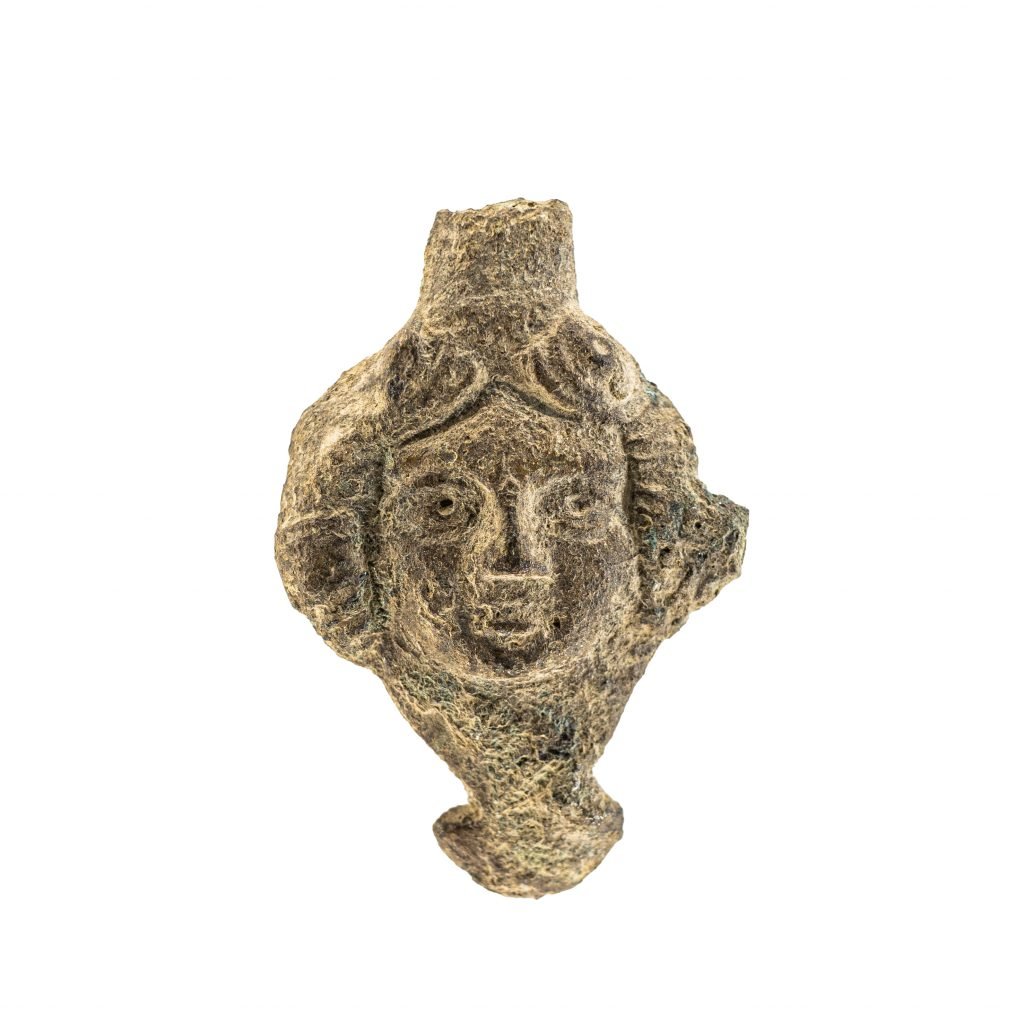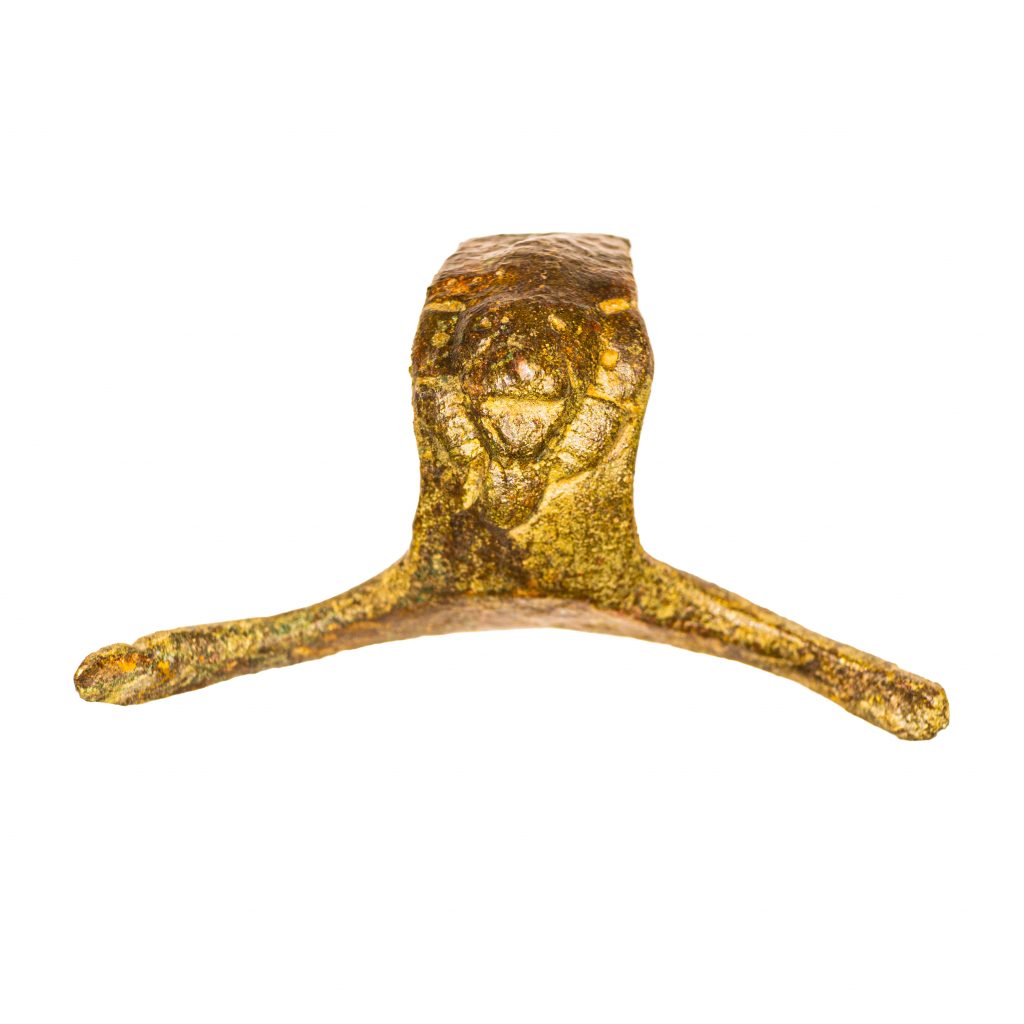Archaeology & History
Archaeologists in Bulgaria Have Discovered an Ancient Roman ‘Fridge’ Containing Drinking Vessels and Animal Bones
It is the second such find to be uncovered at the fortress of Novae.

It is the second such find to be uncovered at the fortress of Novae.

Richard Whiddington

Archaeologists excavating a Roman military settlement in modern-day Bulgaria have uncovered a type of ancient fridge.
The discovery at Novae, a first century C.E. fortress along the Danube river, came as the team from the University of Warsaw uncovered much of the site’s water system. They located the settlement’s first water well along with a network of aqueducts made from ceramic and lead pipes.
Alongside one of the lead pipes, the team found an open-topped box built out of ceramic plates. The pipe’s position and the material used were chosen to keep food stuffs cool, archaeologists say. It is the second such fridge encountered in recent excavations, but the latest find contains fragments of drinking vessels, bowls, and animal bones.

The Roman fridge found in Novae. Image: courtesy Piotr Dyczek.
“These refrigerators are from the later civilian phase,” Piotr Dyczek, lead archaeologist at the University of Warsaw, told Artnet News. “[at the site of] the House of Centurion of the first cohort we found fragments of wall paintings, a large bathhouse and a sewage supply system.”
In addition to the ceramic plate fridge, the team uncovered a fourth century C.E. furnace, a set of well-preserved wine drinking vessels, and an intricately carved silver mouse pendant among more than 200 artefacts.

The well found onsite by University of Warsaw archaeologists. Image: Image: courtesy Piotr Dyczek.
Novae was first settled by Augustus’s Eighth Legion around 45 C.E. to suppress the Thracian uprising and was pivotal during Trajan’s second century Dacian Wars. It is the only known Roman earth-and-wood structure in the Danube Limes. Over time, Novae was rebuilt in stone and became a civilian town following Gothic invasions. Today, it is open to the public and has been excavated by Bulgarian and Polish archaeologists since the mid-1960s.
The plan, Dyczek says, is to excavate the barracks of Augustus and the first Italica legion. “The entire area is almost one hectare, this will require many [research] campaigns and obtaining financial resources to conduct research may be a problem.”
See more images from the archaeological site:

Roman pottery head found onsite in Novae. Image: courtesy Piotr Dyczek.

Ornate silver mouse found in Novae. Image: courtesy Piotr Dyczek.

Sculpted lion found onsite in Novae. Image: courtesy Piotr Dyczek.
More Trending Stories: